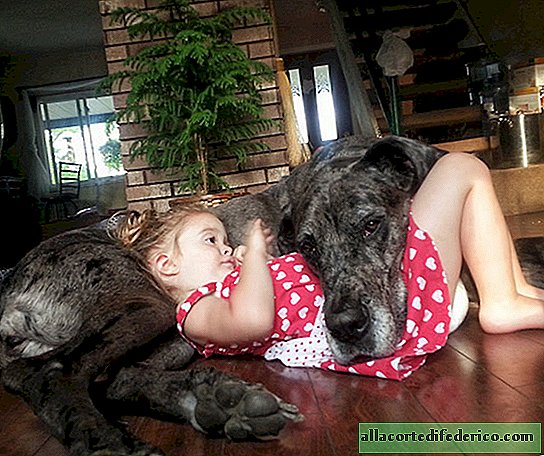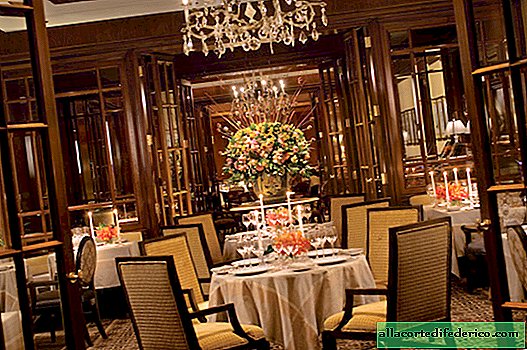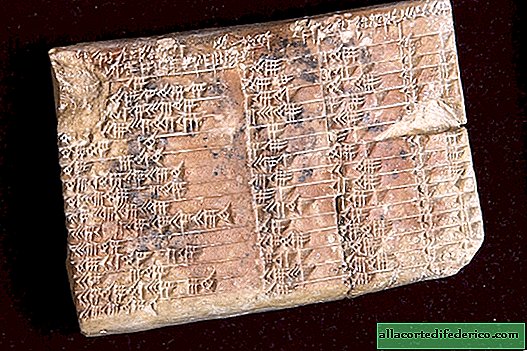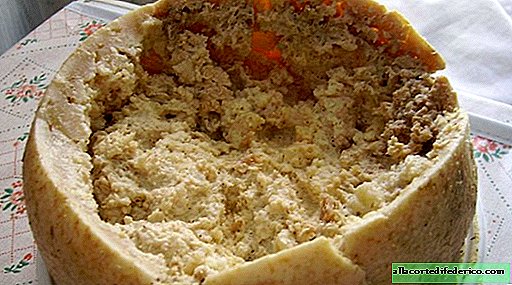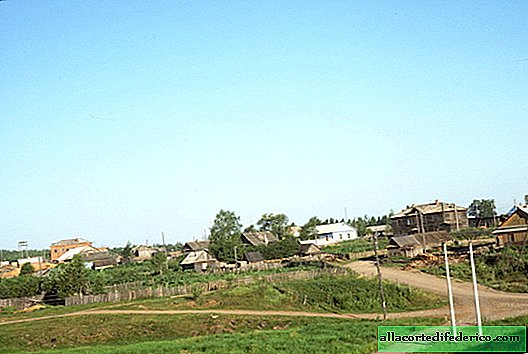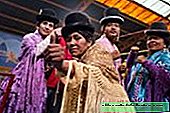African fashionistas: why the appearance of Herero women is so different from neighboring nations
Lush, vibrant dresses to the ground and extravagant hats make women herero look like European fashionistas of the end of the last century who got lost in the vastness of the African savannah. Meanwhile, before the Europeans arrived in southwestern Africa, the traditional outfit of representatives of this nationality was in many ways similar to the costumes of neighboring tribes and consisted of animal skins and handmade jewelry.
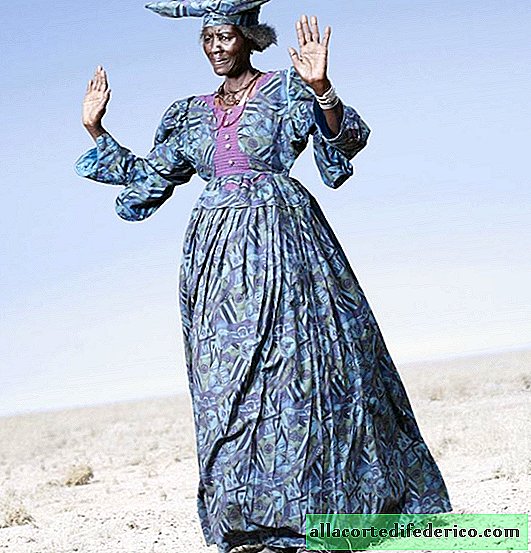
Herero people, which currently number about 200,000, live mainly in Namibia, with separate tribes found in Angola and Botswana. Most of the Herero, living in rural areas, are engaged in cattle breeding, and those who went to live in villages and cities are most often engaged in trade.

The appearance of Herero is very different from neighboring peoples, such as, for example, Himba, with whom they are in close genetic and linguistic affinity. Today the national costume of Herero women consists of a long, bright dress, the festive variety of which has lace ornaments and more magnificent skirts. The head of fashionistas herero is necessarily decorated with an unusual wardrobe item - otzhikalva, the ends of which symbolize cow horns. The fact is that herero - herders and cattle are treated with great respect. This people even has an unusual tradition: if a woman wants to give a compliment, then she is compared with a cow. Therefore, the female headdress, designed to emphasize the beauty and charm of its mistress, has the form of cow horns.

Of course, such a dress is a legacy of European colonization, which was actively carried out in that part of Africa where Herero lived. This is evidenced by rare photographs of the late XIX century, where you can see herero in their traditional clothes. They are very reminiscent of their kindred himba.

Subsequently, under the influence of missionaries and colonialists, the Herero men began to wear shirts and trousers, and the women put on long European dresses and only the headgear continued to recall the originality of this people.

The history of the colonization of Namibia is one of the saddest in Africa. At first, the British and Portuguese entered South-West Africa; in the 80s of the XIX century, Germany became interested in this region. After Germany established a protectorate over a piece of land that a Bremen merchant bought from a local African in 1884, the fate of the region was decided. Germany began to actively capture the territory where Namibia is located today. The indigenous population was evicted in deserts unsuitable for life, a huge amount of cattle and land was seized from local pastoral tribes. The population of Namibia tried to resist, but the herder tribes could not counter the well-armed parts of the German army. As a result of hostilities, at least 65 thousand representatives of the indigenous population of Namibia, including such peoples as Himba, Nama and Herero, were destroyed, and the exact numbers of the dead are still not known.

Despite such sad consequences of communication with European civilization, the new national costume surprisingly firmly entered the life of Herero. Thanks to the unusual dresses in which women of Herero walk every day, they can easily be distinguished from other peoples of Namibia. It is interesting that sewing such a dress takes up to 9 meters of fabric. Sometimes in the Herero communities, among women dressed in long dresses, one can see an African in beads and a goat skin. This is a representative of kindred himba, who married a man herero, but at the same time remained faithful to her traditional costume. The opposite situation also occurs. Such tolerance always amazes tourists, but herero and himba take this manifestation of tribal identity quite calmly: if it is himba, it will go in goat skins and bracelets, even if everyone wears chic dresses around the end of the last century.






